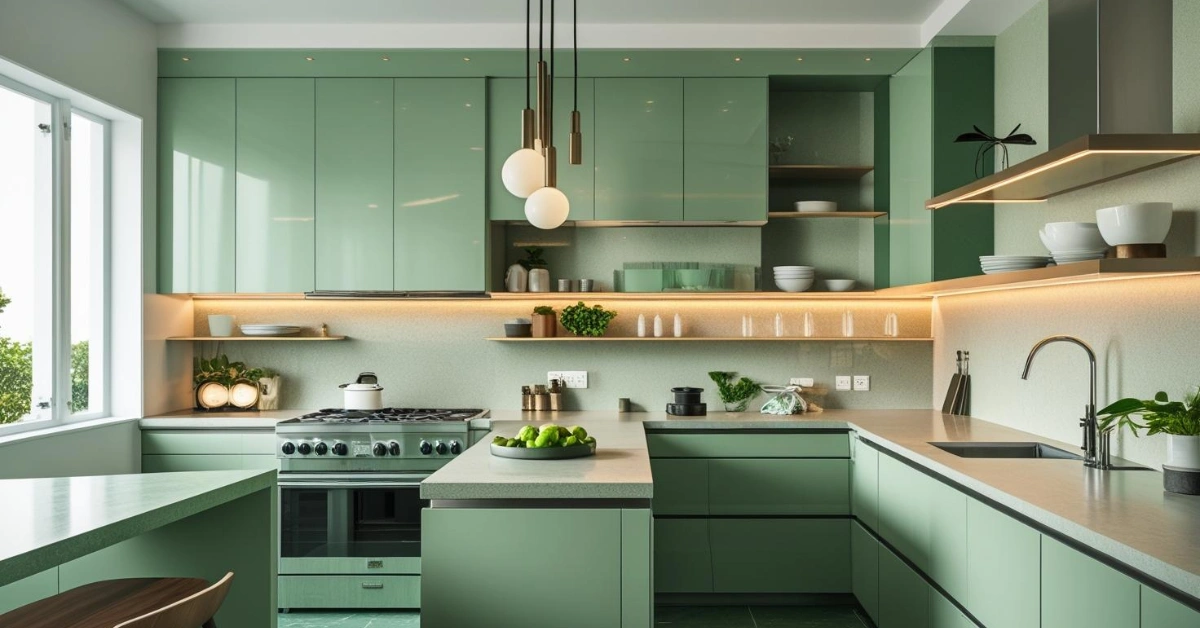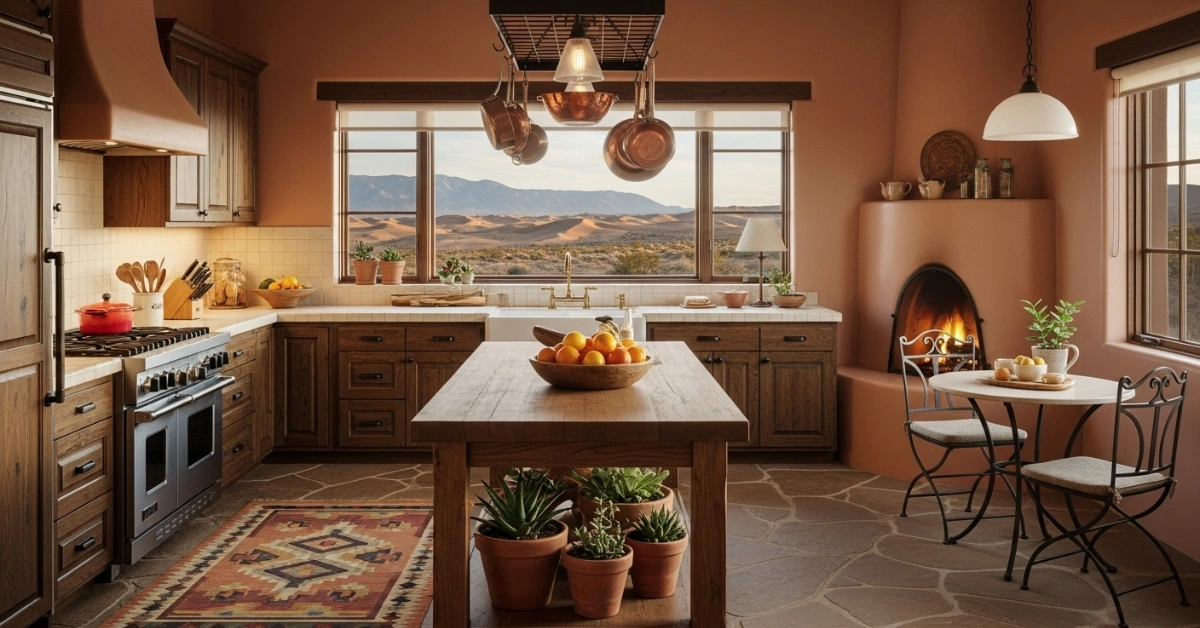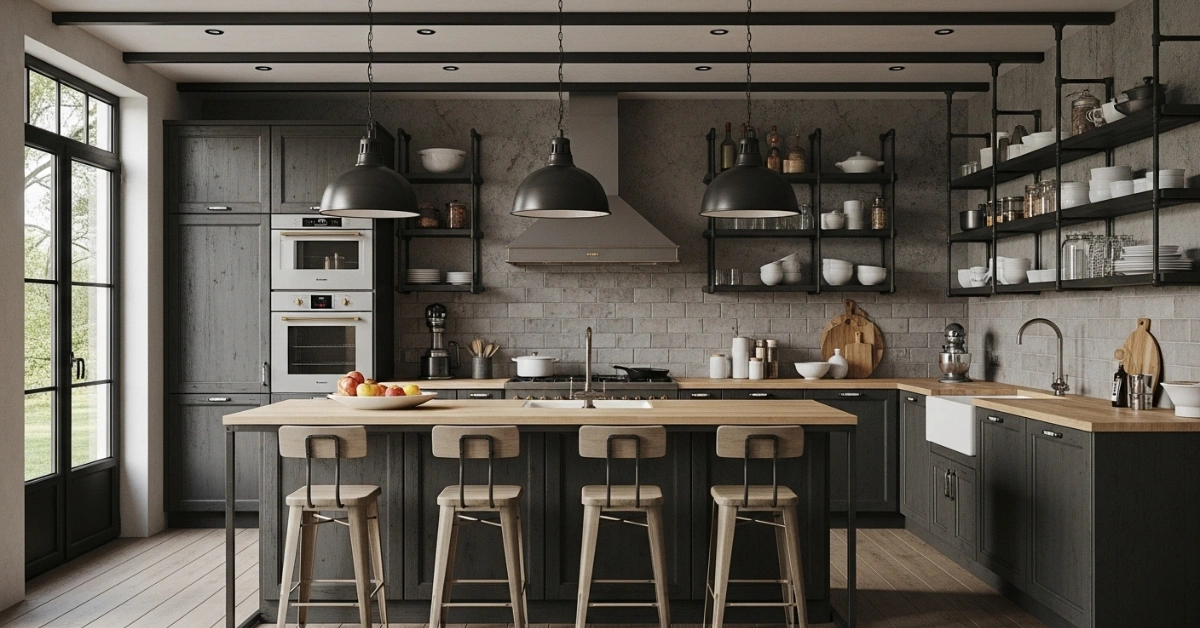How to Create a French Country Kitchen That Feels Like Home

Are you dreaming of a kitchen that combines the warmth of a rustic farmhouse with the sophistication of French design? If so, you’re not alone. Many homeowners are drawn to the charm and timeless appeal of French Country Kitchens, but creating such a space can feel overwhelming, especially if you’re unsure how to blend traditional elements with modern functionality or where to start. In this comprehensive guide, we’ll explore the world of French Country Kitchens, from their rich history to their key design elements, and provide practical tips to help you bring this style into your own home.
Whether you’re planning a full kitchen renovation or simply looking to add a few French country touches, this guide will equip you with the knowledge and inspiration you need to create a space that’s both functional and stunning.

What is French Country Kitchen Style?
French Country Kitchen style, often referred to as “style campagne” or “style campagne chic” in France, is a design aesthetic inspired by the rural landscapes and farmhouses of the French countryside. It celebrates simplicity, warmth, and timeless elegance, blending rustic charm with refined details. This look has captivated homeowners and designers worldwide for its ability to create a cozy, inviting space that feels both lived-in and sophisticated.
At its core, French Country Kitchen design emphasizes natural materials like wood, stone, and brick, paired with decorative elements such as wrought iron, copper, and vintage accents. It’s a style that effortlessly mixes old and new, where antique furniture and modern appliances coexist harmoniously. Whether you’re drawn to the earthy tones of Provence, the darker woods of Normandy, or the ornate furnishings of provincial chateaus, French Country Kitchens offer endless possibilities for personalization.

Key Characteristics
- Natural Materials: Wood, stone, brick, and terracotta create a grounded, organic feel.
- Soft Color Palette: Muted creams, blues, yellows, and greens evoke a serene atmosphere.
- Vintage Accents: Antique furniture, copper cookware, and patterned linens add character.
- Rustic Yet Refined: The style balances weathered textures with elegant details like chandeliers or ornate hardware.
History of French Country Kitchen Design
The origins of French Country Kitchen design can be traced back to traditional French farmhouses and cottages, where kitchens were designed to be durable, functional, and welcoming. These spaces were the heart of the home, built to withstand the demands of daily life while providing a gathering place for family and friends. According to The Spruce, this style, known as “style campagne,” is an homage to the French countryside and has been adopted globally by architects and decorators.
Over time, the style has evolved, incorporating influences from different regions of France:
- Provence: Known for earthy tones, rustic charm, and a strong connection to nature, Provençal kitchens often feature terracotta tiles, weathered wood, and vibrant floral accents.
- Normandy: This region brings darker wood tones, intricate carvings, and a more robust, traditional feel.
- Provincial Chateaus: These kitchens lean toward ornate furnishings and decorative details, reflecting the grandeur of French nobility.

French Country Kitchens also often borrow elements from English country design, such as furniture and decor, adding to their eclectic appeal. Today, this style is celebrated for its ability to feel both historical and fresh, making it a popular choice for homeowners seeking a kitchen that’s both stylish and practical.
| Region | Key Features |
|---|---|
| Provence | Earthy tones, terracotta tiles, floral accents |
| Normandy | Darker woods, intricate carvings |
| Provincial Chateaus | Ornate furnishings, elegant details |
Design Elements of French Country Kitchens
Creating a French Country Kitchen involves incorporating specific design elements that capture the essence of this style. Below, we explore the key components, drawing from insights provided by Decor Cabinets and Veranda:
1. Color Palette
- Neutral and Earthy Tones: Soft creams, muted blues, pale yellows, and sage greens create a warm, inviting atmosphere. These colors reflect the natural hues of the French countryside.
- Accents: Warm wood finishes, wrought iron, or occasional pops of color through accessories like copper cookware or floral linens add depth and contrast.

2. Materials
- Cabinetry: Wood with distressed or painted finishes adds character. Raised panels or decorative moldings are common.
- Countertops: Natural stone, marble, or butcher block are ideal for their durability and rustic charm.
- Flooring: Terracotta tiles, reclaimed wood, or natural stone add texture and authenticity. Herringbone wood patterns or checkerboard tiles are also popular choices.

3. Cabinetry and Hardware
- Style: Cabinets often feature raised panels, carved embellishments, or a distressed finish to mimic aged wood.
- Hardware: Brass or aged bronze knobs and pulls add elegance while staying true to the rustic aesthetic.

4. Lighting
- Chandeliers and Wrought-Iron Fixtures: These provide soft, ambient light and add a touch of drama.
- Pendant Lights: Often used over islands or sinks to highlight key areas while maintaining the overall style.

5. Decorative Accents
- Open Shelving: Perfect for displaying vintage dishware, copper pots, or ceramic jugs, as noted by Decor Cabinets.
- Vintage Tools: Wooden cutting boards, metal molds, and antique kitchen utensils add a sense of history.
- Textured Walls: Limewash, stucco, or exposed brick can add depth and character.

6. Furniture and Layout
- Farmhouse Tables: A rustic wooden table can serve as a focal point, doubling as a dining or prep area.
- Islands: Wooden islands with decorative legs or butcher block tops are common, often paired with bistro-style bar stools.

7. Accessories
- Linens and Curtains: Floral or toile patterns bring softness and charm.
- Natural Elements: Fresh herbs, flowers, or potted plants connect the kitchen to the outdoors, as highlighted by Veranda.

| Element | Description |
|---|---|
| Color Palette | Soft creams, muted blues, pale yellows, sage greens |
| Materials | Wood, stone, marble, terracotta, brick |
| Cabinetry | Distressed or painted wood, raised panels, brass or bronze hardware |
| Lighting | Chandeliers, wrought-iron fixtures, pendant lights |
| Decorative Accents | Open shelving, copper cookware, vintage tools, floral linens |
| Flooring | Terracotta tiles, reclaimed wood, herringbone patterns, checkerboard tiles |
Incorporating Modern Elements into French Country Kitchens
While French Country Kitchens are rooted in tradition, they can embrace modern elements to create a functional and stylish space. The key is to balance rustic charm with contemporary features, as suggested by Decor Cabinets:
- Appliances: Choose modern appliances with finishes like stainless steel or matte black that blend seamlessly with the rustic aesthetic. Built-in ovens, panel-ready refrigerators, and minimalist induction cooktops are great options.
- Countertops: Sleek quartz or granite countertops offer durability and easy maintenance while complementing traditional cabinetry.
- Lighting: Combine chandeliers or pendant lights with recessed lighting for task areas, ensuring both ambiance and functionality.
- Smart Technology: Integrate smart home devices, such as voice-activated assistants or smart refrigerators, for added convenience without compromising the style.

Interior designer Jane Doe advises, “When blending modern and traditional elements in a French Country Kitchen, focus on harmony. Use natural materials and vintage pieces to create warmth, but ensure the space remains practical for everyday use.”
Practical Tips for Creating Your Own French Country Kitchen
Transforming your kitchen into a French Country Kitchen doesn’t have to be overwhelming. Here are practical tips to get started:
- Start Small: If a full renovation isn’t feasible, begin with small changes like updating cabinet hardware, adding open shelving, or incorporating vintage accessories.
- Choose the Right Furniture: A farmhouse table or wooden island can instantly anchor the space and add character.
- Layer Textures and Patterns: Mix wood, stone, and fabric to create depth. For example, pair a wooden island with a stone backsplash and linen curtains.
- Display Collections: Use open shelving or glass-front cabinets to showcase vintage dishes, cookware, or other treasures.
- Bring in Nature: Add potted herbs, fresh flowers, or a small indoor herb garden to connect the kitchen with the outdoors.
- Maintain the Style: Regularly update accessories and decor to keep the space feeling fresh and lived-in.

Real-World Examples and Inspiration
To see how these design elements come together, let’s explore some inspiring examples from Veranda and other sources:
Château de Chanet, Perigord, France:
This kitchen features authentic materials like wood for window frames, flooring, and exposed ceiling beams, combined with limewash walls. The result is a historical yet indulgent space that blends period charm with modern amenities.

Los Angeles Hunting Cabin:
Designed by Leanne Ford Interiors, this kitchen includes a rustic wood table surrounded by simple white chairs, channeling a French farmhouse spirit.

St. Paul, Minnesota Kitchen:
Heather Peterson incorporated a statuario marble backsplash with ornate patterns, adding a touch of French Country Kitchen elegance.

Germantown, New York Kitchen:
Louise Copeland of L.B. Copeland Interior Design included a wood-burning fireplace and antique draper’s table, paying homage to historical elements while maintaining a cozy atmosphere.
These examples demonstrate how French Country Kitchen design can be adapted to different settings and personal tastes, proving its versatility and timeless appeal.

Conclusion
French Country Kitchens offer a perfect blend of rustic charm and elegant design, making them a popular choice for homeowners seeking a warm, inviting, and timeless space. By understanding the history and key design elements of this style, you can create a kitchen that not only looks beautiful but also functions well for your daily needs.
Whether you’re starting from scratch or just looking to add a few French country touches, remember that the essence of this style lies in its ability to feel lived-in and comfortable while exuding effortless charm. With the right mix of natural materials, vintage accessories, and thoughtful design choices, you can transform your kitchen into a delightful European cookspace that will be the heart of your home.






